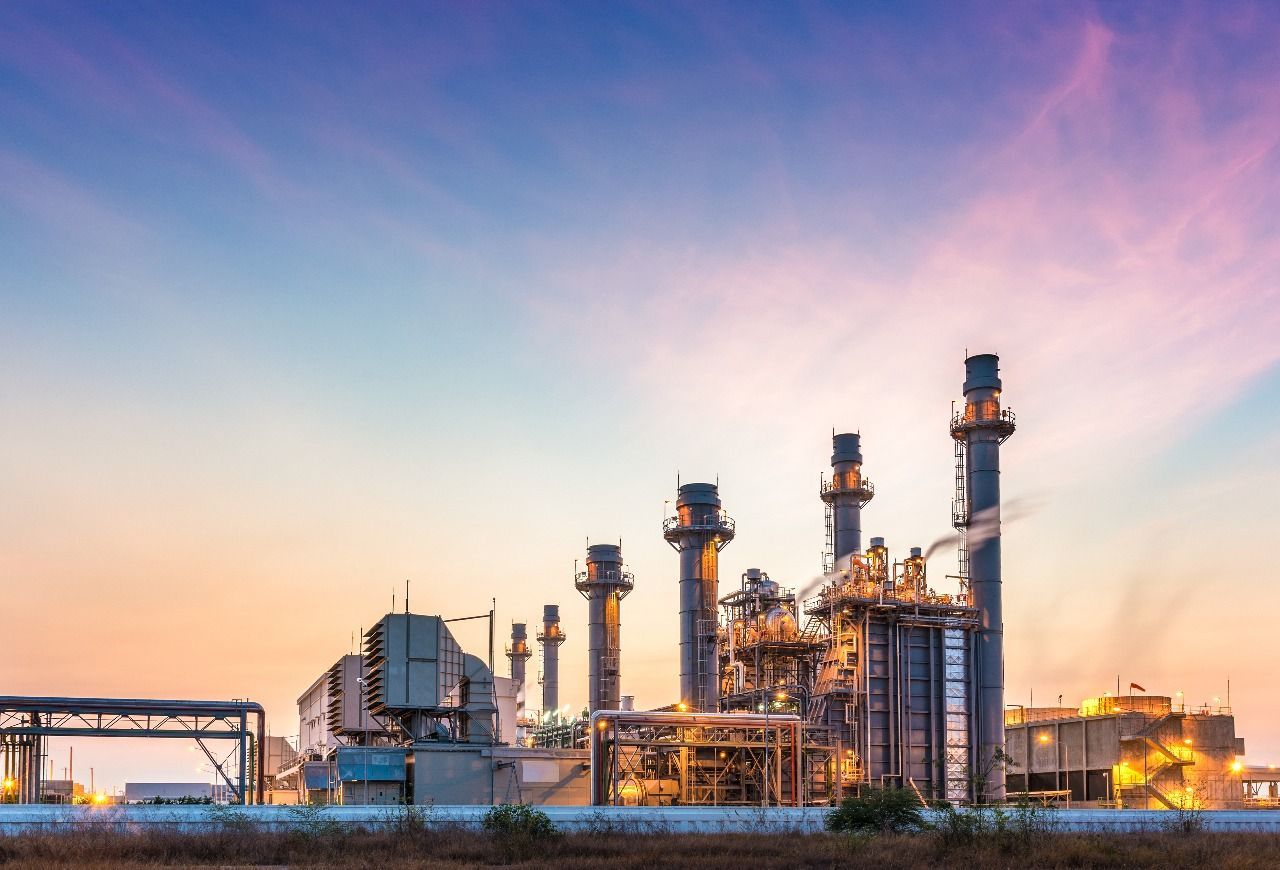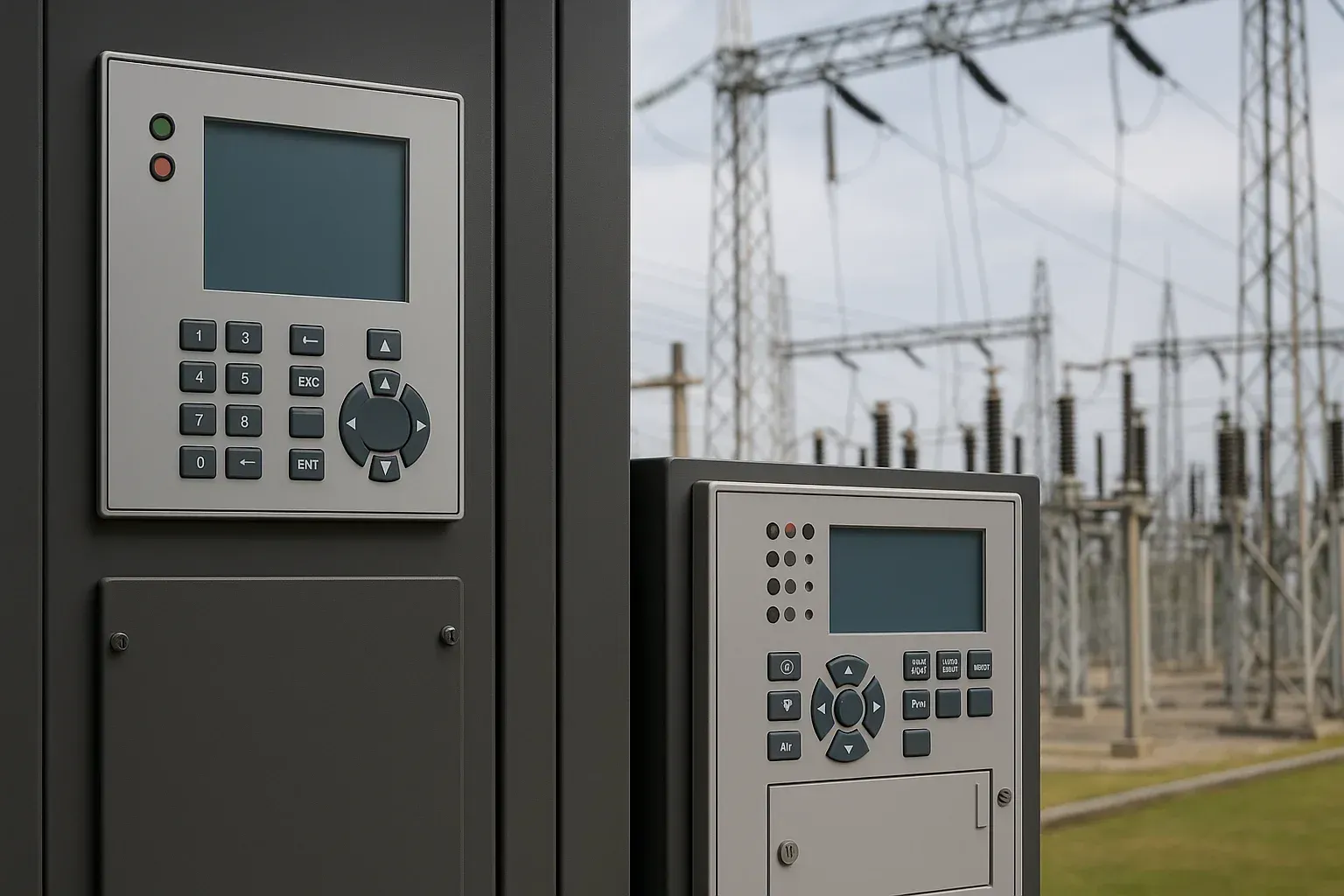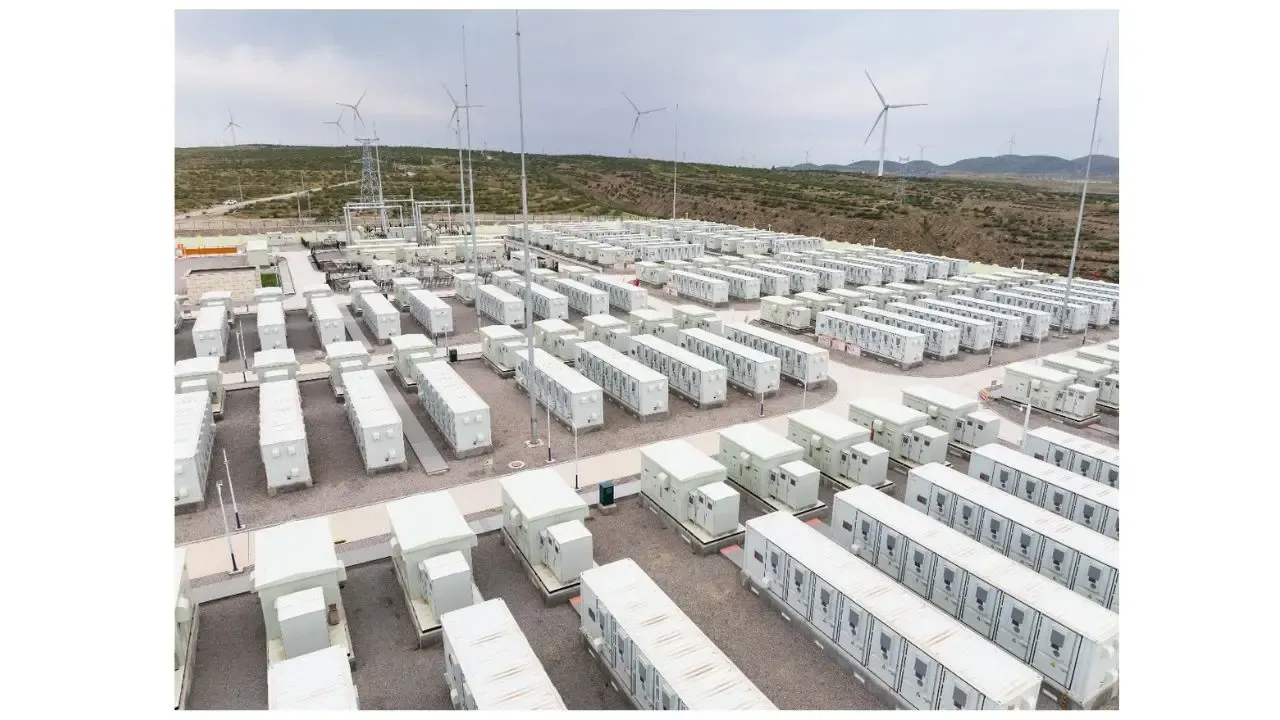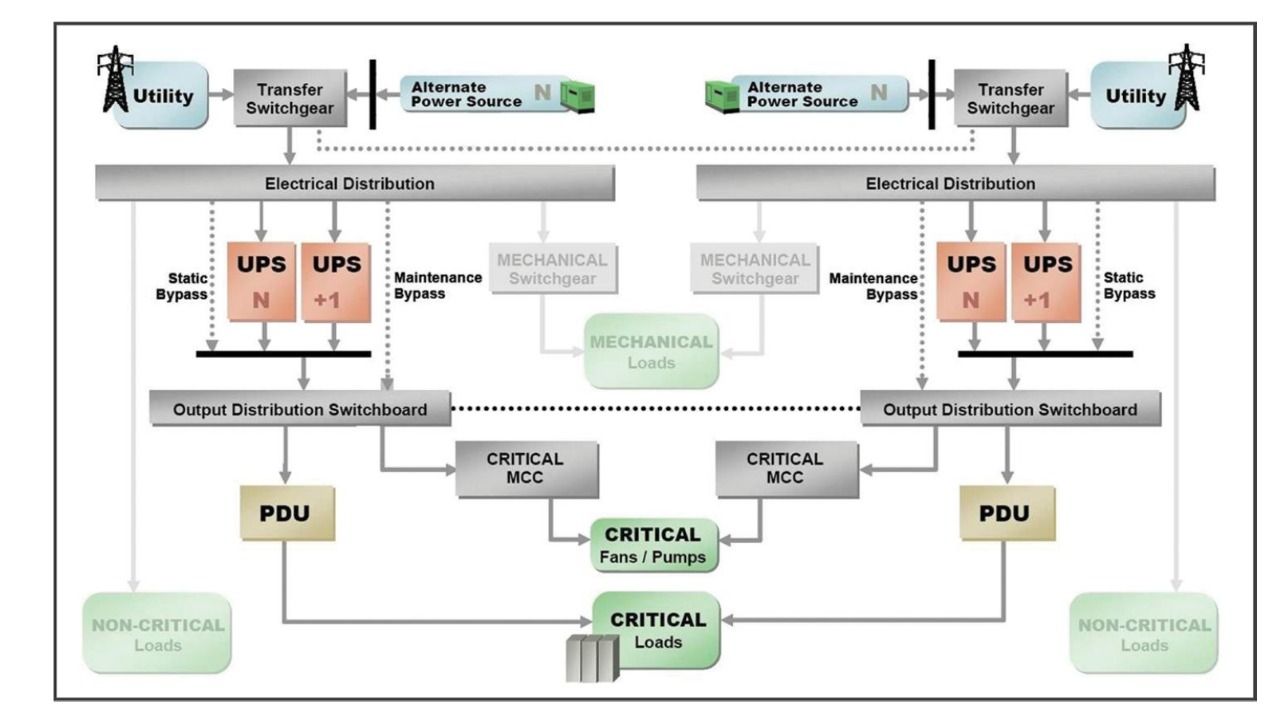A Coordinated Electric System Interconnection Review—the utility’s deep-dive on technical and cost impacts of your project.
Utilizing FACTS Technology to Address Grid Interconnection Issues for Large-Scale Wind Farms
February 1, 2023 | Blog
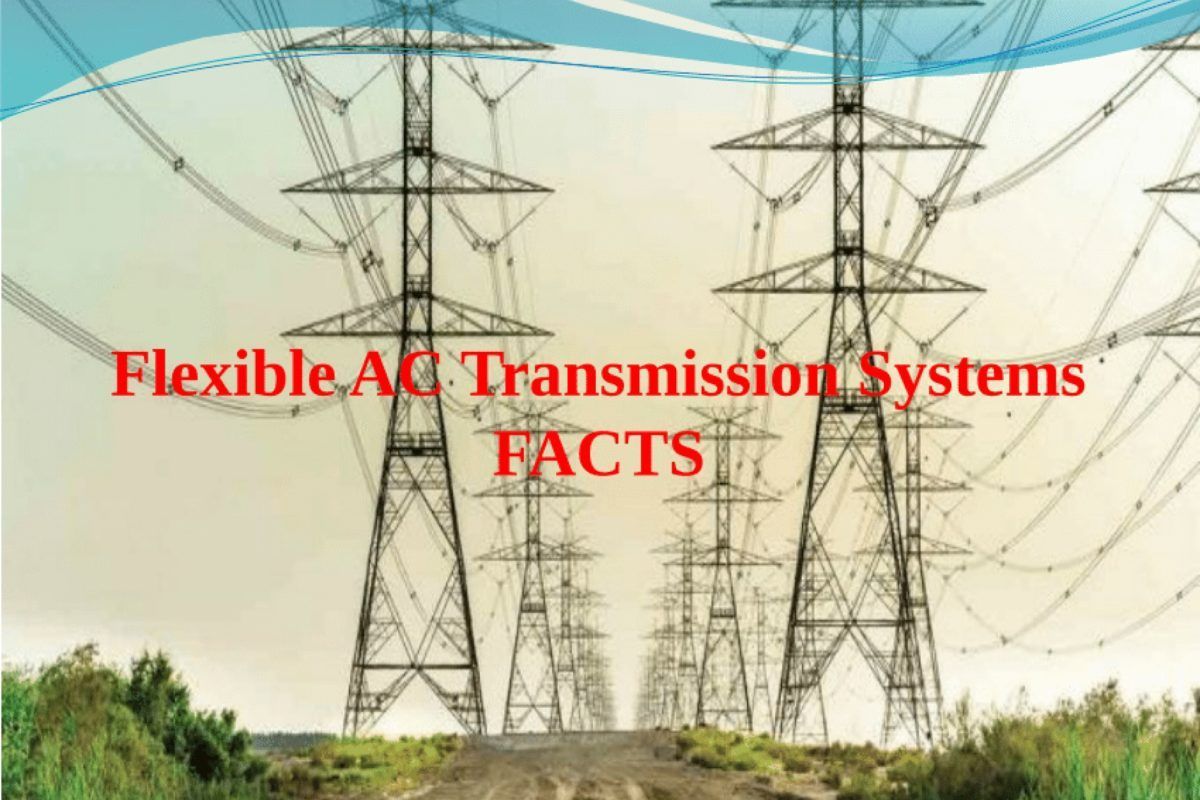
Introduction
As the demand for renewable energy grows, wind farms play an essential role in meeting sustainable energy targets. However, integrating large-scale wind farms into existing transmission systems introduces several grid interconnection issues—including voltage instability, capacitor switching transients, and power quality disturbances.
FACTS (Flexible AC Transmission System) technology offers a proven solution to these challenges by enabling dynamic reactive power compensation, voltage support, and fault ride-through. This blog explores how FACTS devices improve grid integration for utility-scale wind projects.
Need engineering support for wind integration? Visit our Utility-Scale Wind Farm Services
Addressing Steady-State Low Voltage
One of the most common issues in wind farm interconnection is steady-state low voltage on regional transmission networks. Induction generators in wind turbines consume reactive power, leading to voltage instability.
FACTS devices such as:
- Static Var Compensators (SVCs)
- Static Synchronous Compensators (STATCOMs)
help maintain voltage levels by supplying or absorbing reactive power in real-time, preventing undervoltage and maintaining grid stability.
These studies are part of our Power System Studies scope at Keentel.
Gearbox Protection from Capacitor Switching
Capacitor bank switching, while commonly used for voltage support, causes voltage step changes that can lead to premature gearbox damage in wind turbines.
FACTS solutions like:
- Dynamic Voltage Restorers (DVRs)
- Dynamic Reactive Power Compensators (DRPCs)
offer controlled switching without mechanical shocks. These power-electronic systems eliminate sudden voltage spikes and extend turbine component life.
Wind Generator Ride-Through Capability
Wind turbines are vulnerable to voltage sags and swells, often resulting in forced disconnection from the grid. FACTS devices help maintain ride-through capability by rapidly injecting reactive power to stabilize voltage.
Advanced STATCOM systems, equipped with fast-response controllers, detect transients and instantly restore voltage to acceptable levels.
Power Quality on Local Distribution Networks
Wind generators connected near distribution feeders can introduce power quality issues like voltage flicker and transients. FACTS technologies such as:
- DSTATCOMs (Distribution STATCOMs)
- Dynamic Voltage Controllers (DVCs)
address local power quality challenges by providing fine-tuned reactive compensation, ensuring clean, flicker-free delivery to downstream customers.
Hybrid FACTS + Capacitor Bank Solutions
A cost-effective way to meet grid code and interconnection requirements is to deploy a hybrid solution:
- Install a D-VAR™ system at the 34.5 kV collector bus
- Integrate it with low-cost capacitor banks
The D-VAR continuously monitors voltage, injecting or absorbing VARs within 1 cycle (0.017 sec), and “soft-switches” capacitors to eliminate step voltage changes.
For capacitor bank switching protection and modeling, see POI Interconnection Engineering Support
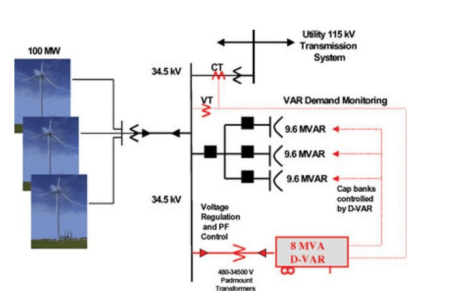
Temporary Overload Mode for Transient Stability
Modern FACTS systems support temporary overloads—up to 3.0x rated output for 1 second. This provides extra short-term reactive power to help the wind farm withstand transmission voltage dips and remain online during transients.
This dynamic response ensures continued power generation, especially during grid faults, faults on parallel circuits, or switching operations.
Summary
Wind farm grid interconnection introduces voltage, power quality, and operational risks—especially as capacities scale. FACTS technologies provide:
- Dynamic voltage control
- Reactive power compensation
- Ride-through stability
- Protection from capacitor switching impacts
Power electronic-based FACTS systems outperform traditional capacitor banks by offering precise, variable, and instantaneous control. As wind penetration increases across the grid, these systems will be central to ensuring NERC compliance, reliability, and performance optimization.
See real-world engineering applications in our Wind Integration Case Studies
Need to Engineer FACTS Integration for Your Wind Farm?
Keentel Engineering delivers utility-scale solutions for STATCOM, SVC, D-VAR™, BESS, and hybrid FACTS projects. From reactive power studies to modeling and commissioning, we ensure wind farms interconnect safely, reliably, and cost-effectively.

About the Author:
Sonny Patel P.E. EC
IEEE Senior Member
In 1995, Sandip (Sonny) R. Patel earned his Electrical Engineering degree from the University of Illinois, specializing in Electrical Engineering . But degrees don’t build legacies—action does. For three decades, he’s been shaping the future of engineering, not just as a licensed Professional Engineer across multiple states (Florida, California, New York, West Virginia, and Minnesota), but as a doer. A builder. A leader. Not just an engineer. A Licensed Electrical Contractor in Florida with an Unlimited EC license. Not just an executive. The founder and CEO of KEENTEL LLC—where expertise meets execution. Three decades. Multiple states. Endless impact.
Services

Let's Discuss Your Project
Let's book a call to discuss your electrical engineering project that we can help you with.

About the Author:
Sonny Patel P.E. EC
IEEE Senior Member
In 1995, Sandip (Sonny) R. Patel earned his Electrical Engineering degree from the University of Illinois, specializing in Electrical Engineering . But degrees don’t build legacies—action does. For three decades, he’s been shaping the future of engineering, not just as a licensed Professional Engineer across multiple states (Florida, California, New York, West Virginia, and Minnesota), but as a doer. A builder. A leader. Not just an engineer. A Licensed Electrical Contractor in Florida with an Unlimited EC license. Not just an executive. The founder and CEO of KEENTEL LLC—where expertise meets execution. Three decades. Multiple states. Endless impact.
Leave a Comment
We will get back to you as soon as possible.
Please try again later.
Related Posts
